Your introduction to patient billing and collections
Every practice runs off of collections from insurance companies and patients who may be in or out of network. On top of copays, this can lead some patients to request longer payment extensions or be unable to pay in full at the time of service. This in turn leads to a higher balance sheet of outstanding payments owed to you. Patient billing is your total over 30 day outstanding payments owed to you. Of course, this means that making sure that number is as small as possible should be one of your primary goals. On top of submitting accurate claims and verifying insurance prior to the appointment, your practice has a lot of options when it comes to getting paid. Let’s look at some of the intricacies of how patient AR affects your practice’s bottom line and top dollar.
What does AR stand for in dental patient billing?
Your patient billing AR is your accounts receivable, the total amount owed to your practice that is currently outstanding or otherwise on your balance sheet. That number may seem high when you take a look at it, and if it is, your practice needs to work on its 30, 60, and 90+ aging in order to get paid 100% of what you’re rightfully owed. Without doing so, that number will continue to grow, and the chances of getting payment from a patient over a term of months can diminish greatly, leading to debt write offs and decreased cash collection overall.
How can I decrease my patient billing AR?
Decreasing that giant balance might seem as easy as making a few phone calls and emails, but the bigger picture is what’s at stake here. In order to reduce your AR nearly or completely, you need to implement a process of preappointment readiness as well as accurate claim submission to allow all the relevant pieces to fall into place and allow your patients to pay you in full. This all starts with the first step of the patient billing cycle.
The patient billing cycle explained
Here’s a simple list of how the patient billing cycle works in a perfect system:
- Patient books an appointment
- Insurance benefits are verified prior to the appointment
- Copay is collected at time of service first thing
- Expected patient portion is documented and relayed
- Patient receives treatment
- Treatment is paid for in full
Everything starts at the beginning. Sounds simple right? It can be with the right processes in place. Patient billing is a catchall term for this entire process start to finish, and it all begins with preappointment readiness.
How insurance verification works to improve patient billing
Your patient is in the office, makes a phone call, or schedules using an online system. Their appointment is officially booked. You might be thinking, “Now I wait”. Yet, if you’re looking to better your chances of collecting what you’re owed, you’ll have to start to implement your preappointment readiness plan from the get-go. This officially starts with insurance verification, which helps you to clarify a number of patient-relevant questions:
- Will my patient be covered for this specific procedure?
- Is the patient’s accurate legal name and surname in our PMS?
- Does my patient have the insurance we/they think they do?
- For multi-appointment treatments, is my patient covered during the duration that this treatment is expected to take?
- What is the expected patient portion I need to collect at time of service?
- What kind of copay is the patient expecting based on their coverage?
Claim submission and patient billing
Once you clarify benefits and provide treatment, the second step of dental billing and insurance reimbursement (or patient reimbursement if they are out-of-network or don’t have insurance) is creating and submitting the claim itself:
- Attach all intraoral photos, radiographs, and x-rays
- Use a narrative template to best explain and justify procedural tasks
- Implement all clinical notes in the narrative
- Utilize an up-to-date coding resource for accurate CDT/etc codes
- Submit a claim within 24 hours of providing treatment to prevent hangtime in reimbursement or follow up
- Follow up on outstanding claims, denials, or rejections as they come in
What is a healthy AR in a dental practice?
Many practices are operating under the assumption that their AR can be anywhere from 80-90% between patient and dental billing AR and be profitable and scalable. However, with dedicated work and outsourced solutions, your practice can become a well-oiled revenue machine. With higher collections comes higher profits, and of course, better ability to scale. Thinking about hiring more administrative staff? Ready to take the leap for a more modern location? Starting small and from the bottom up can help take your practice to the next level and get to 98 and even 99% collection rates.
Patient perspective and communication
It’s never an easy conversation when it comes to asking patients about their outstanding balances. Some patients may willingly pay once reminded, others may become defensive or confrontational. How do we effectively communicate our needs while also tempering patient expectation? We fully commit to and implement patient billing procedures as well as tactful, courteous negotiation.
How do you negotiate patient accounts receivable?
No one wants to be the bearer of bad news, much less bad debts. Talking to patients about paying off their balance is a dedicated dance between cordiality and firmness. The bill needs to be paid, but understandably, patients may have financial difficulties or reluctance to do so. Here are some better ways you can help get your patients to pay down their balance and create an office culture than encourages rapid patient reimbursement:
- Offer dedicated payment terms in writing for more expensive treatments
- Create a system of payment reminders that are cordial and professional
- Make sure to offer multiple payment options and avenues for patient convenience
- Create a list of VIPs who pay on time and in full and allow for greater flexibility
Life happens to everyone, and being stuck with a huge bill after going to the dentist isn’t the best part of it. Understand that each patient’s situation is different, but be sure to take care of your practice. Being able to provide professional treatment to patients is your first priority. By doing so in a transparent way, your patients will be more likely to pay on time and in full each time they visit your office.
Understanding your patient billing A/R options
Your patient statements might seem out of control, uncollectible, or otherwise far too great of a problem to surmount without help. Luckily, there are a number of options that can help your practice achieve peace of mind as well as higher patient collection rates. Let’s review our steps and tips:
- Create a step-by-step preappointment readiness plan
- Utilize insurance verification prior to an appointment
- Always collect copays at time of service
- Use narrative templates for common procedures but be sure to differentiate any clinical nuances in billing or coding
- Attach all documentation created during treatment
- Send clean claims within 24 hours of appointment date
- Follow up on outstanding insurance claims as well as patient balances sooner than later
If dental coding is your biggest worry, look to industry experts at dentalcoding.com to find the latest and greatest when it comes to all things coding. Plus, partnering with Practice Booster’s Code Advisor means up-to-the-minute revisions news and narrative templates to help your claims get paid quicker. Other staff-centric tips include:
- Invest in continuing education, certifications, or skills workshops to keep experience fresh and relevant
- Have a dedicated billing team or outsource to a platform that provides results-based solutions
- Be sure to purchase and update dental coding books or resources

Best practices in patient billing
If you’re looking for ways to reduce your patient AR today, implementing a few solid strategies will help your practice get on the right track:
- Collect patient information, such as SSN, name, birth date, and family coverage status before booking an appointment
- Cross check patient’s information to ensure you’re looking at the right person when verifying their insurance
- Create a preappointment checklist for your staff to follow when first implementing strategies
- Remind patients that their copay will be collected at time of service
- Help patients understand the necessity of fully paying their bill by educating them on continual positive treatment outcomes
Partner with the nation’s leading provider of patient billing AR solutions
Here’s another tip. If your practice is starting to see a ballooning patient AR, it’s okay to ask for help. eAssist was created by dentists for dentists. We understand the stress of seeing an enormous balance of uncollected monies from patients and insurance companies. We know what it takes to help achieve peace of mind through increased collections and decreased AR. Here’s a look at what our patient billing solution does for your practice:
By incorporating a dedicated solutions team for your practice, you can start seeing results within weeks. Plus, your team works on results, not effort, meaning that accountability is assured through daily, weekly, and monthly reporting. Want to check behind the scenes after hours? You can. Don’t want other people to handle your money? We never will. Schedule a no-obligation consultation below, and tell us your patient AR goals and where you’d like to see your practice in the coming months.

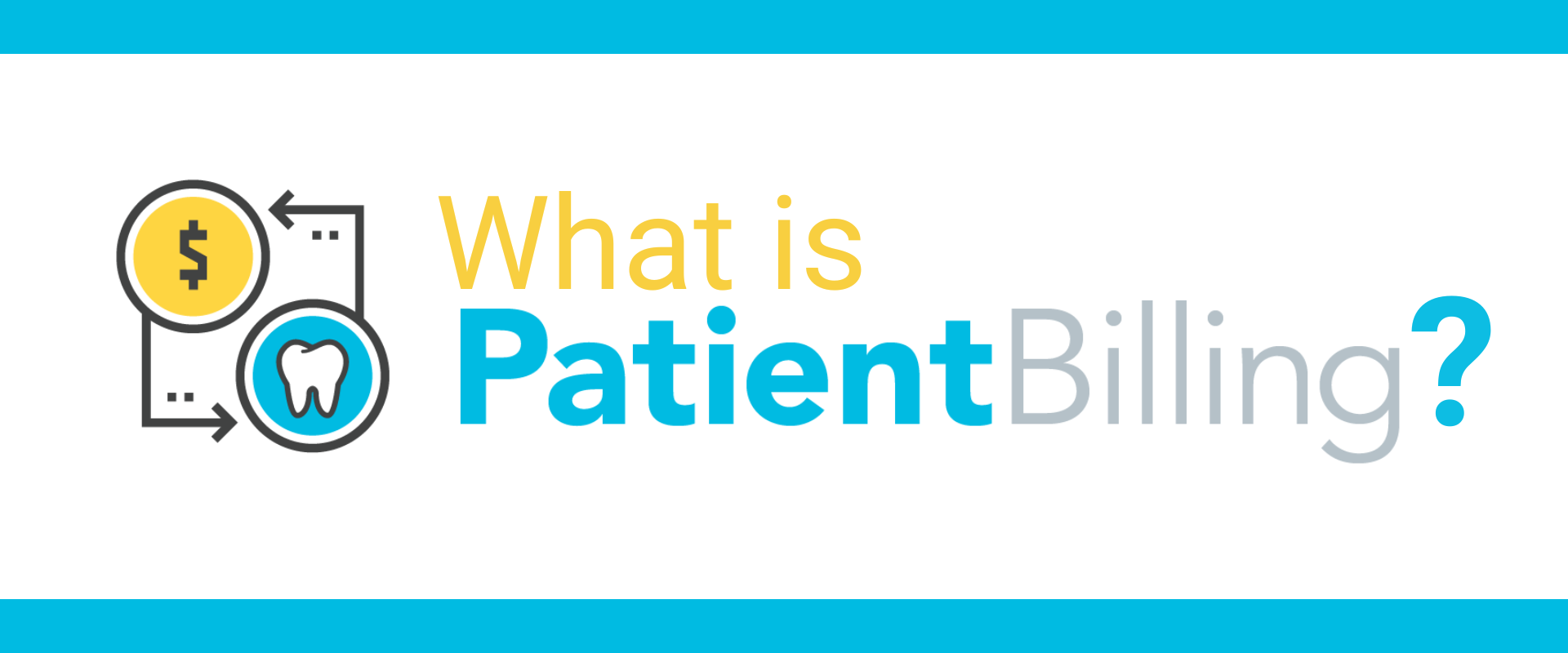

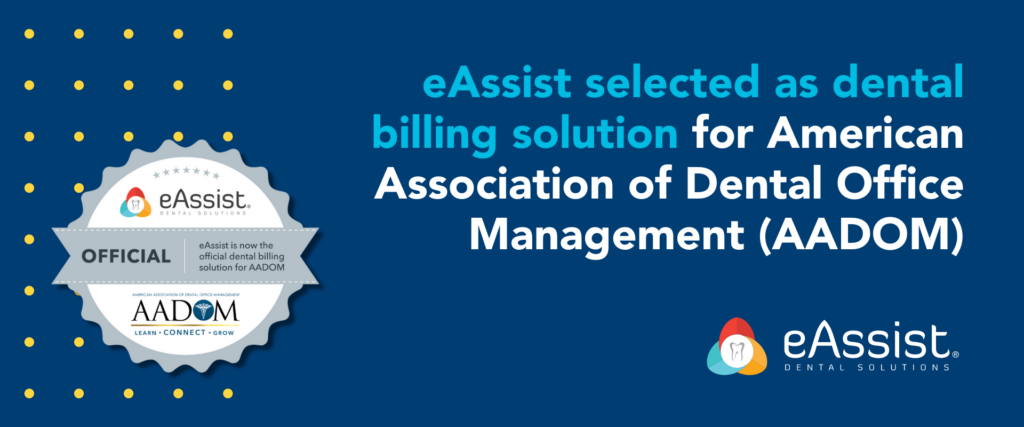

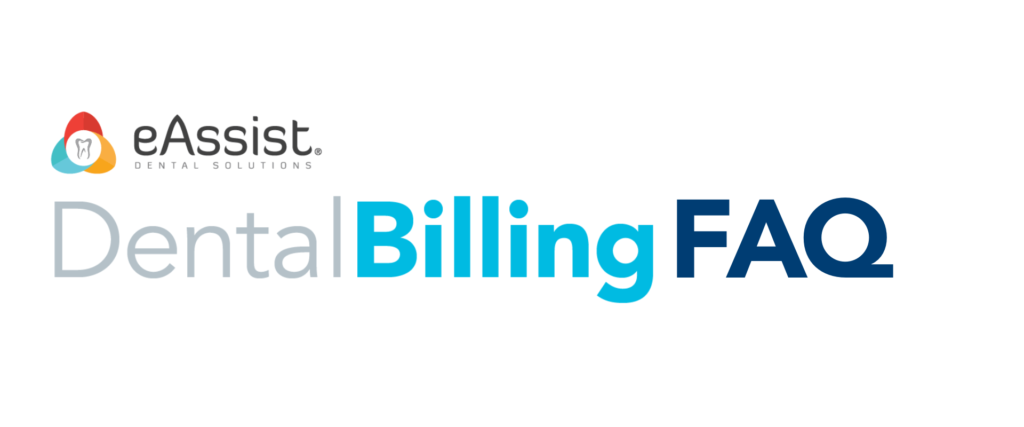
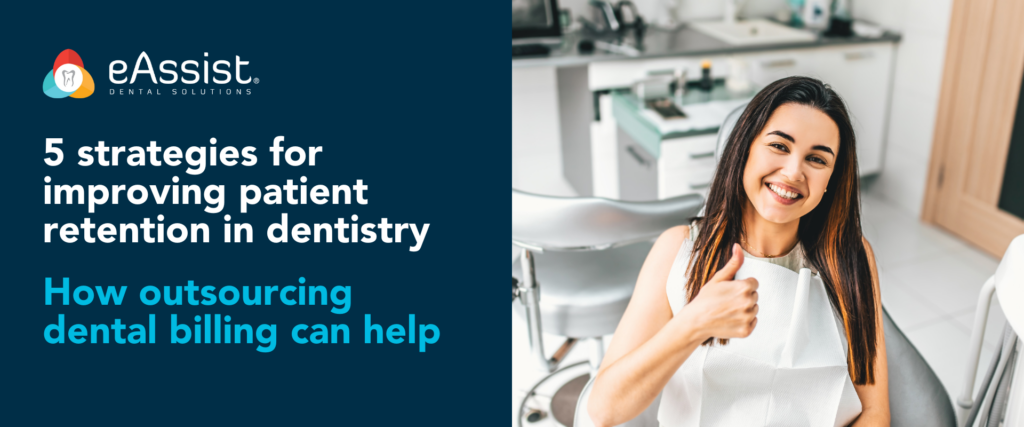


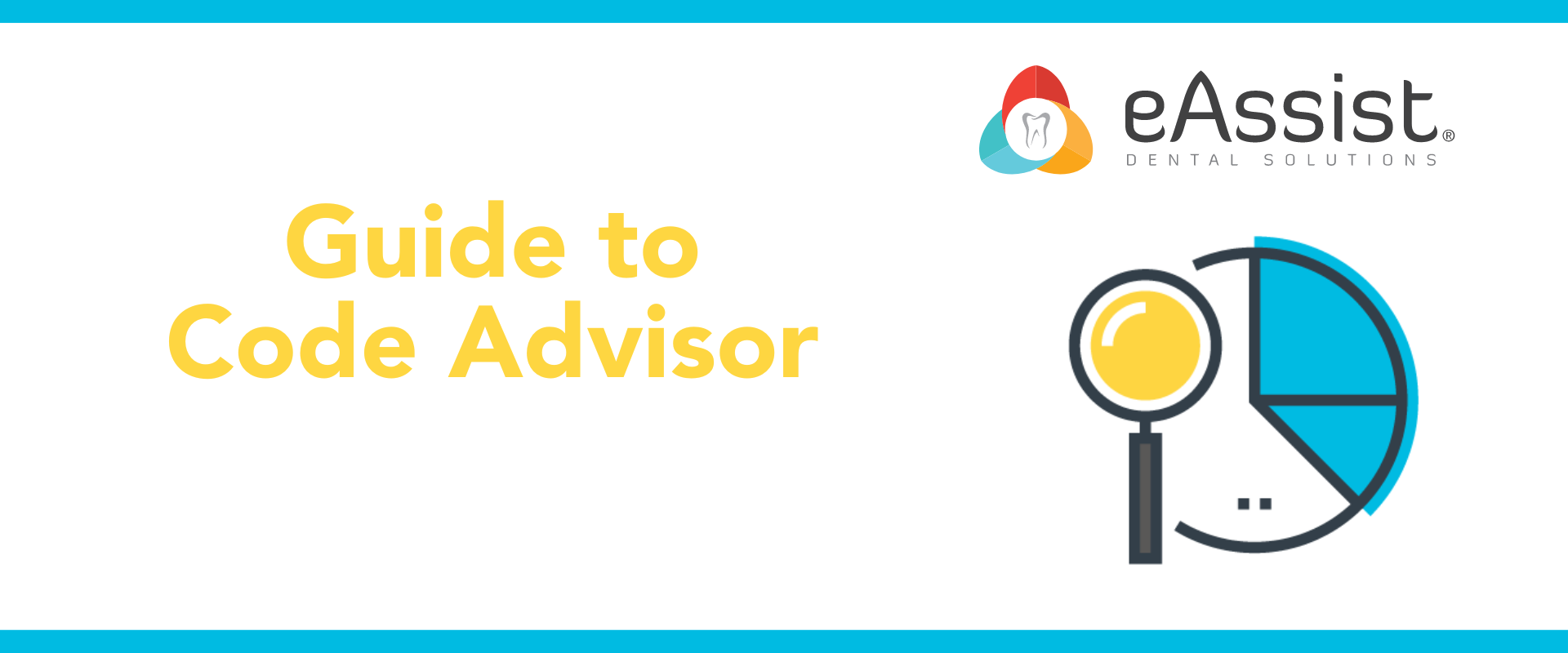
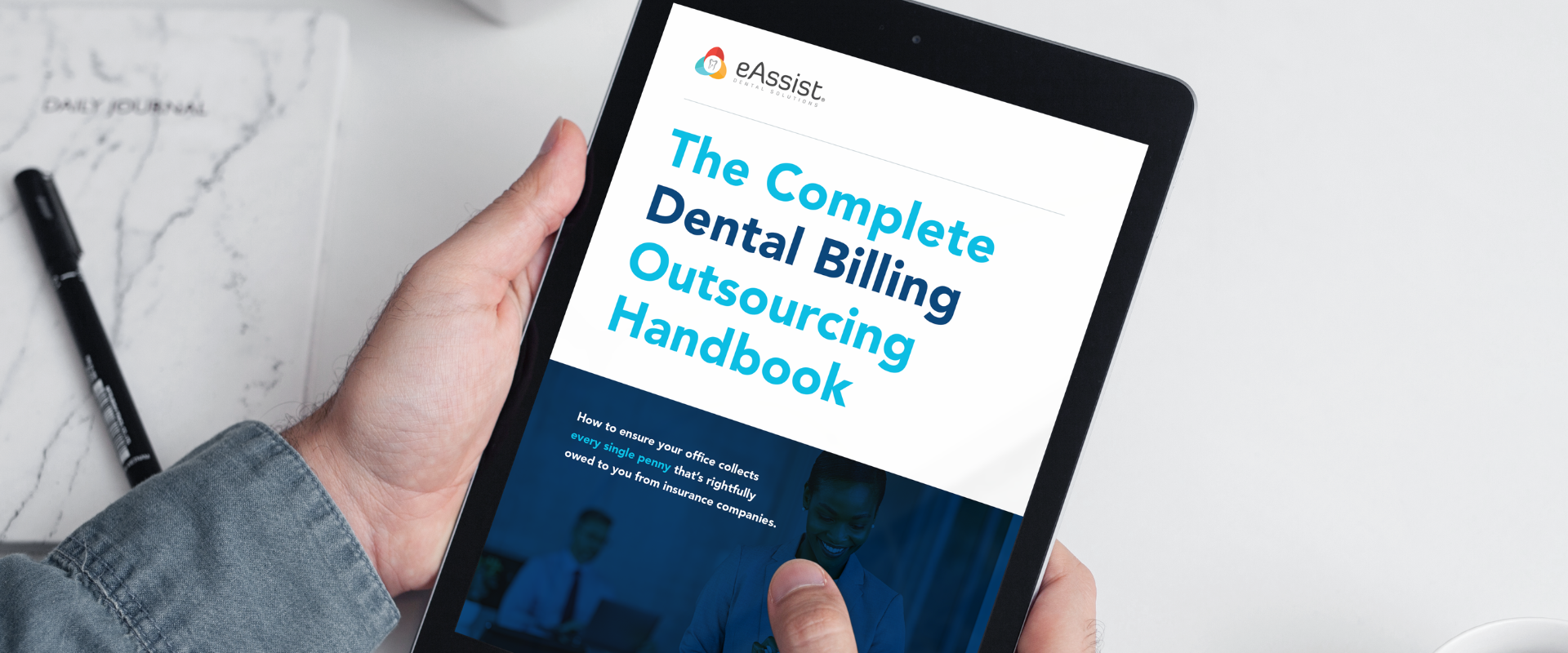


0 Comments